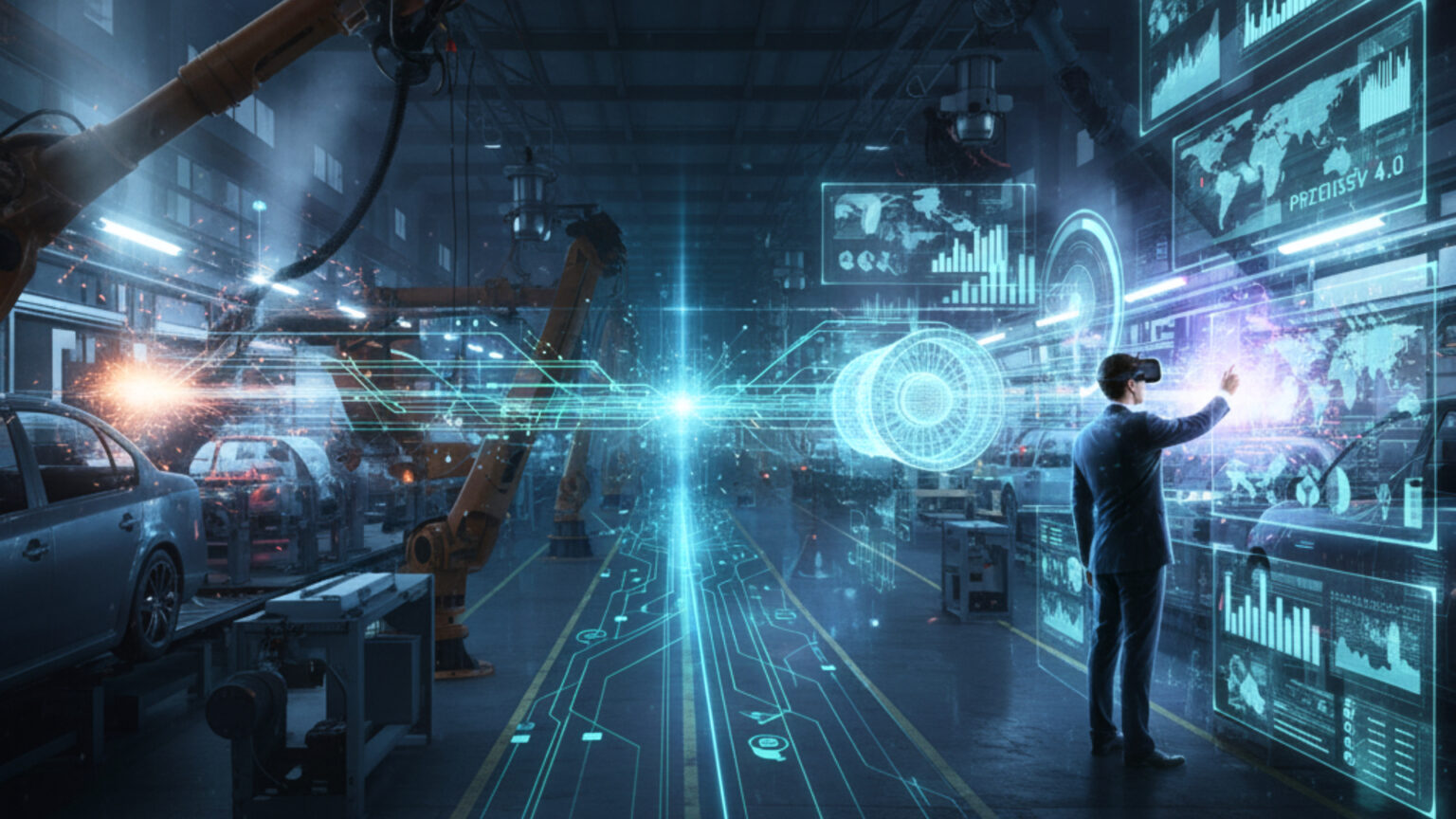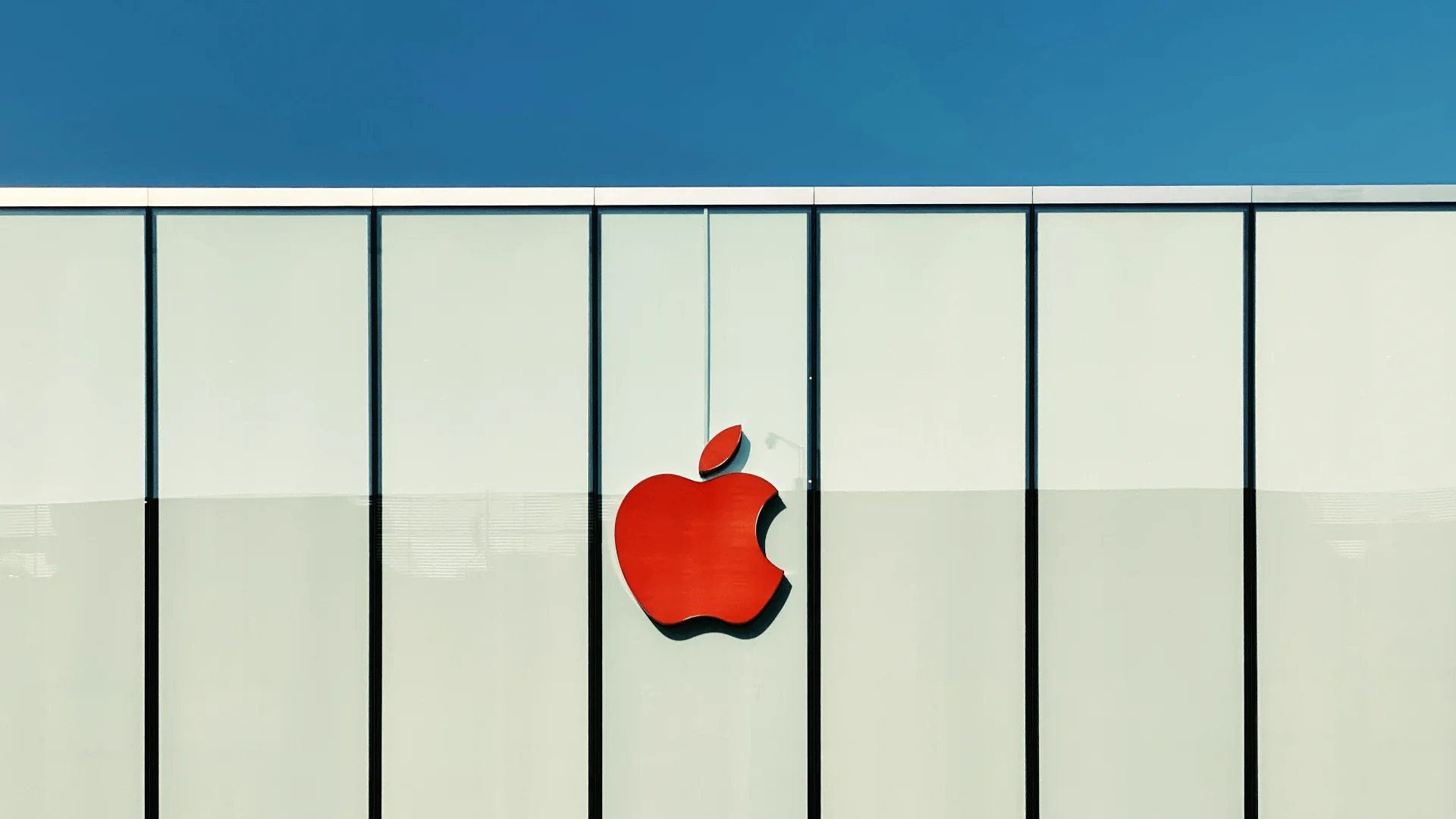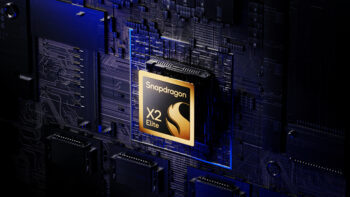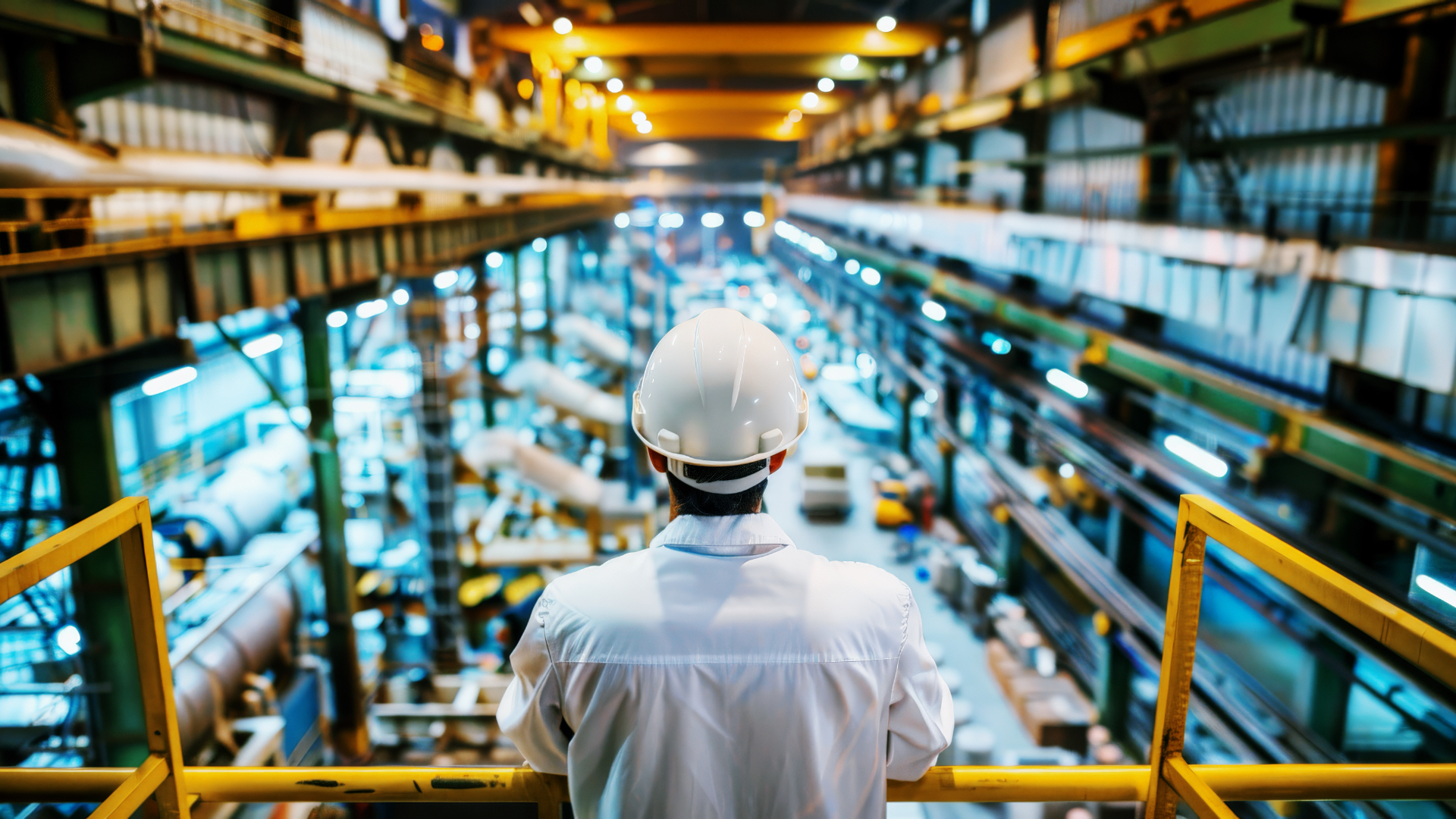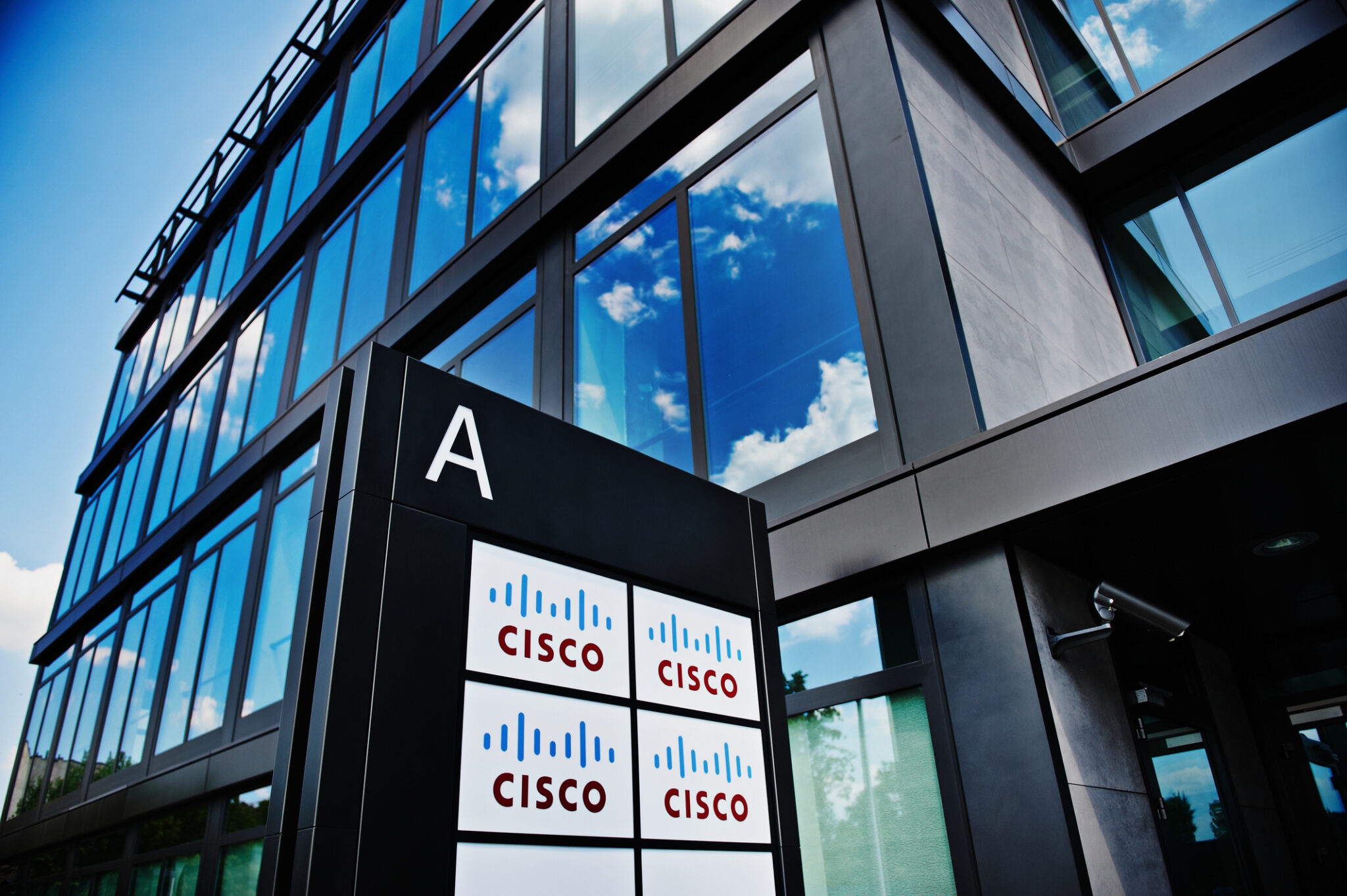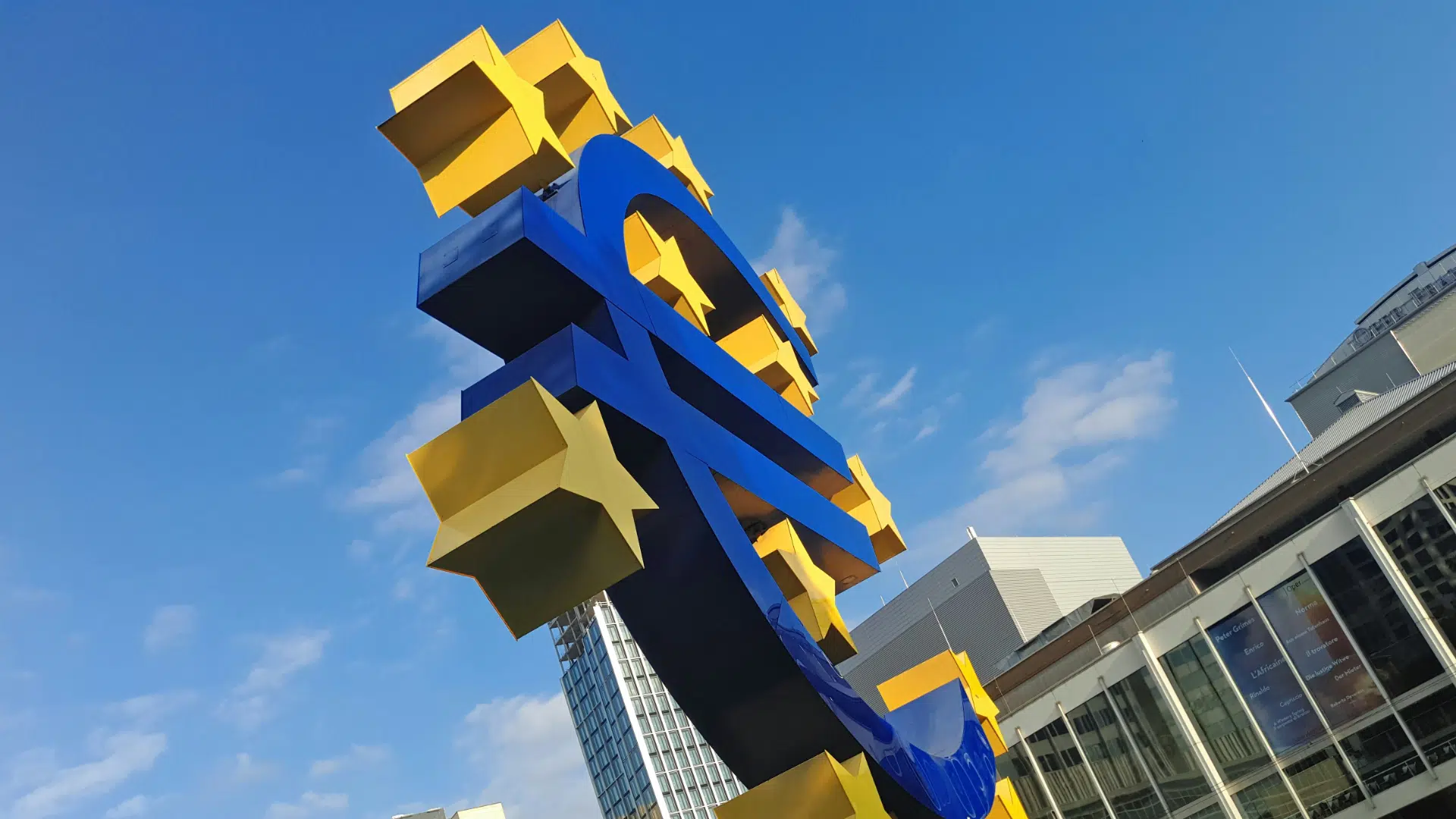In the landscape of Industry 4.0, where data has become the most valuable raw material, digital twin technology is emerging as a key part of the transformation. It is no longer a futuristic concept, but a strategic necessity whose importance is confirmed by the market.
Valued at a dozen billion dollars in 2024, it is set to explode to a value of nearly $150 billion by the end of the decade. This exponential growth is no accident. It reflects a fundamental shift in manufacturing thinking – a shift from reactive firefighting to proactive, predictive management of the entire product lifecycle. Companies that ignore this trend today risk falling far behind tomorrow’s competitors, who are already building their virtual equivalents.
Often confused with a static 3D model or simulation, the digital twin is something much more advanced. Its essence is not a virtual representation per se, but a dynamic, two-way connection to the physical world.
Equipped with a network of Internet of Things (IoT) sensors, a physical object – a machine, a production line or even an entire factory – constantly feeds its digital counterpart with a stream of data about its state and performance. Powered by artificial intelligence (AI) algorithms, this digital model becomes a living, virtual organism that not only reflects reality, but can analyse it, predict its future states and recommend optimisations.
It is this closed feedback loop, where lessons from the virtual world influence operations in the physical world, that is the revolutionary nature of this technology.
The most spectacular and immediately beneficial application is predictive maintenance. The traditional approach of repairing machines after breakdown or periodic maintenance is becoming a thing of the past.
Aerospace leaders such as Rolls-Royce and GE Aviation are creating digital twins for every jet engine produced. Data from thousands of sensors, transmitted in real time during flight, allows the actual wear and tear of each component to be monitored on the ground.
AI algorithms, by analysing this data, are able to predict with remarkable precision when a part will need to be replaced before a fault occurs. This translates into tangible benefits: a reduction in unplanned downtime of up to 50% and a reduction in maintenance costs of up to 40%.
However, the potential of the technology goes far beyond individual machines. Automotive giants such as BMW and Volkswagen are building digital twins of entire factories. This ‘virtual factory’ becomes a testing ground where new assembly line layouts can be tested without risk and without disrupting ongoing production, the impact of process changes can be simulated or bottlenecks identified.
The results have been impressive – General Motors has seen a 20% increase in its Overall Equipment Effectiveness (OEE) index and Unilever has saved $52 million a year through a combination of energy savings and waste reduction.
A truly holistic approach is demonstrated by Tesla, which uses digital twins at every stage – from virtual crash tests that reduce the need for costly physical prototypes, to optimising highly automated processes in its Gigafactories, to after-sales service.
Each Tesla vehicle has its own digital twin, which allows the company to remotely monitor fleet health, anticipate service needs and deploy software updates, creating an unprecedented bond between the product and its creator.
However, the road to implementation is not without obstacles. High upfront costs, the complexity of integrating with existing, often outdated IT systems and, above all, critical cyber security challenges are significant barriers.
Protecting data integrity in a system where a virtual model can control physical processes becomes an absolute priority. Added to this is the skills gap – the need for a new generation of engineers and analysts who can think at the interface between the physical and digital worlds.
Despite these challenges, the development trajectory is clear. The digital twin is ceasing to be an isolated tool and is becoming the foundational data layer for an industrial metaverse, where engineers using AR goggles will be able to interact with the virtual factory.
The ultimate vision is an autonomous twin that not only recommends, but independently optimises production processes in real time. This technology builds a lasting bridge between the physical and digital worlds, offering a level of insight and control that until recently belonged to the realm of science fiction.
With increasing pressure for efficiency, flexibility and sustainability, the question facing industry leaders today is not ‘whether’ to invest in a digital twin, but ‘how fast’ they can do so to ensure their competitiveness in the coming decade.




